Most electric cords are AC power cords which operate on an alternating current, or one that periodically reverses direction of the electrical flow. Cords consist of a conducting medium, typically copper, surrounded by insulating material and an outer protective jacket and can vary in length according to intended use and application. Read More…
Our customers find we have the highest standards when it comes to quality, and delivery. Quail Electronics is a worldwide power cord supplier, offering power cords and various other products.
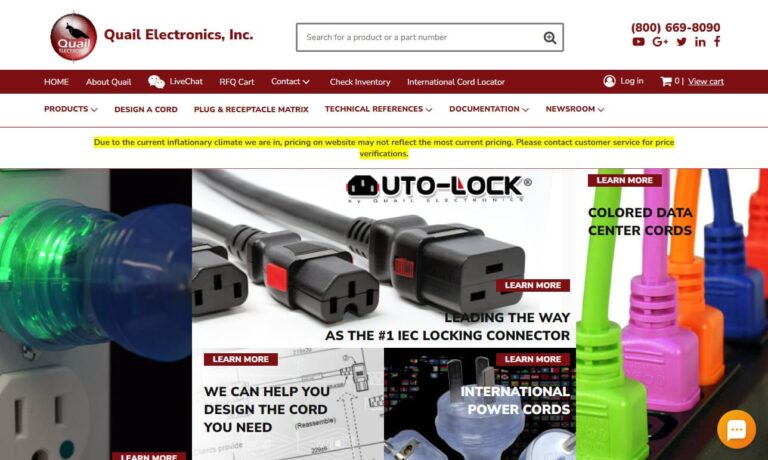
All of our power cords are tested and stand up to rigorous demands of everyday application. We serve a global market including the United Kingdom, Ireland, Germany, Switzerland, Austria and of course the United States.
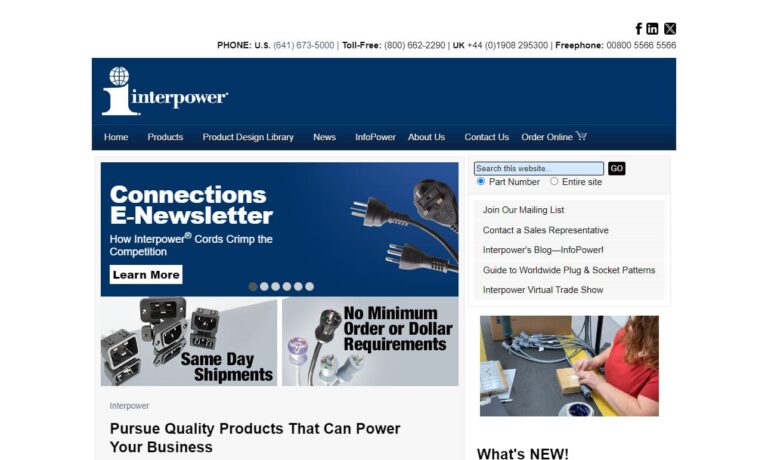
US Cordset Manufacturing provides power-supply products to various categories of customers from domestic to industrial. Our line of products include wiring harnesses, Coiled cords, extension cords, processed wires, high voltage twist lock cords, and more. Whether your requested electrical configuration is simple or intricate, our expert staff is ready to help.
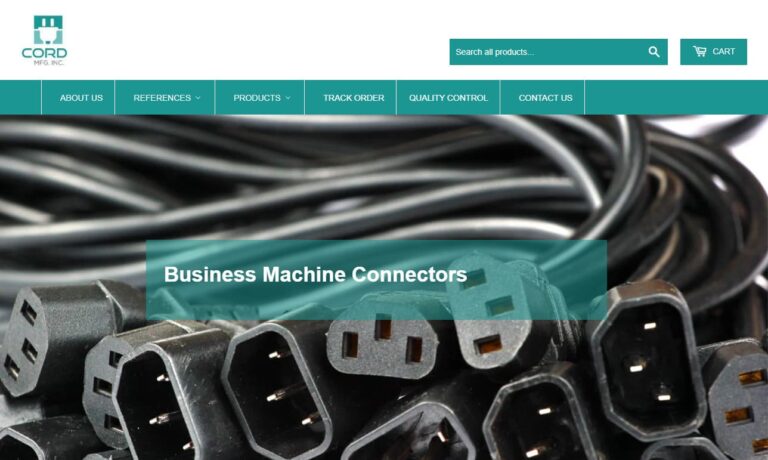
Our plug adapters are guaranteed to bring you a lifetime of value. Our staff is committed to bringing you only the most reliable products that are available. We will find solutions for your cord needs regardless of how difficult the job may be.
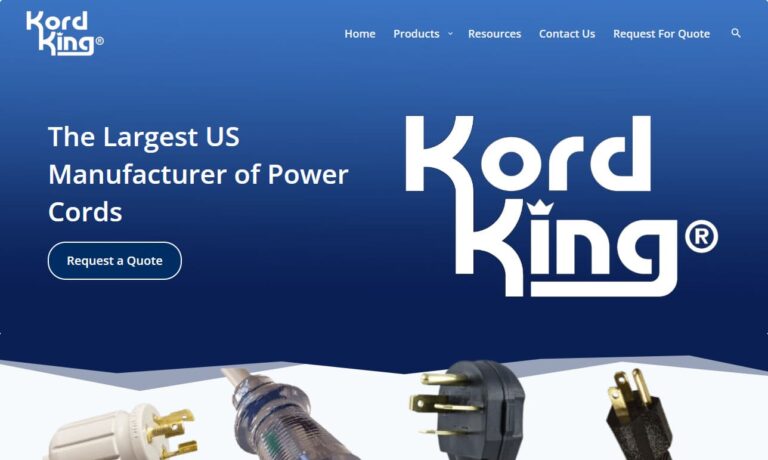
At Americord, we dedicate ourselves to delivering high-quality power cords and custom wiring solutions that meet the demands of diverse industries. We design and manufacture durable cords that are tailored for performance, safety, and reliability, serving applications ranging from consumer electronics and industrial machinery to specialized equipment requiring precise electrical connectivity.

At Cord-Sets, we dedicate ourselves to delivering high-quality power cord solutions that meet the needs of industries across the globe. We specialize in designing and manufacturing power cords, cord sets, and related components that are engineered for durability, safety, and reliable performance.

More Electric Cord Manufacturers
Typically flexible, although they can be semi-rigid, electric cords have electrical plugs at each end, one male and one female. The male plug connects to the wall outlet and the prongs of the plug fit into the corresponding holes in the (female) electrical receptacle.
The two most commonly used plug types are Type A, which have two conducting blades or prongs, and Type B, which have an additional third grounding rod. The fitted connection between the plug and the socket allows for the optimum transfer of electrical energy from the power source to the cord and then to the appliance.
Electrical cords are used with almost any piece of electrical equipment requiring connection to a main power source, such as domestic appliances, computers, machinery, and more, in industries like retail, commercial, food processing, and electronics. Due to the variety of lengths and capabilities that electric cords can be manufactured in, there is a broad range of applied uses for them.
When determining the appropriate power supply cord type for different applications, there are many factors to be considered. Electric cord manufacturers adhere to specifications concerning voltage rating, current rating, length, wire shape and size, jacket materials and cable temperatures, as well as the type of molded plugs and female connectors.
As with any components used in the transferring of electrical energy, safety precautions concerning electric cords have to be taken into consideration. Personal injury, death, and/or extensive property damage can occur as a result of the deterioration or misuse of the equipment.
The National Electrical Manufacturers Association (NEMA) determines the standards for electrical supply component production in terms of voltage capacities and configuration in North America. Other countries have their own voltage systems and electrical component layouts, and so those respective countries determine the standards and controls implemented for electric cords. Manufacturing standards help to maintain consistency and order and decrease the chances of malfunctions due to quality standards.
Polarization of an electric plug ensures that the equipment is connected to the neutral, or grounded, side of the circuit, and reduces risk of potential electric shock to anyone handling the equipment. Sensitive electrical equipment and products should only be used with polarized or grounding type electric cords.

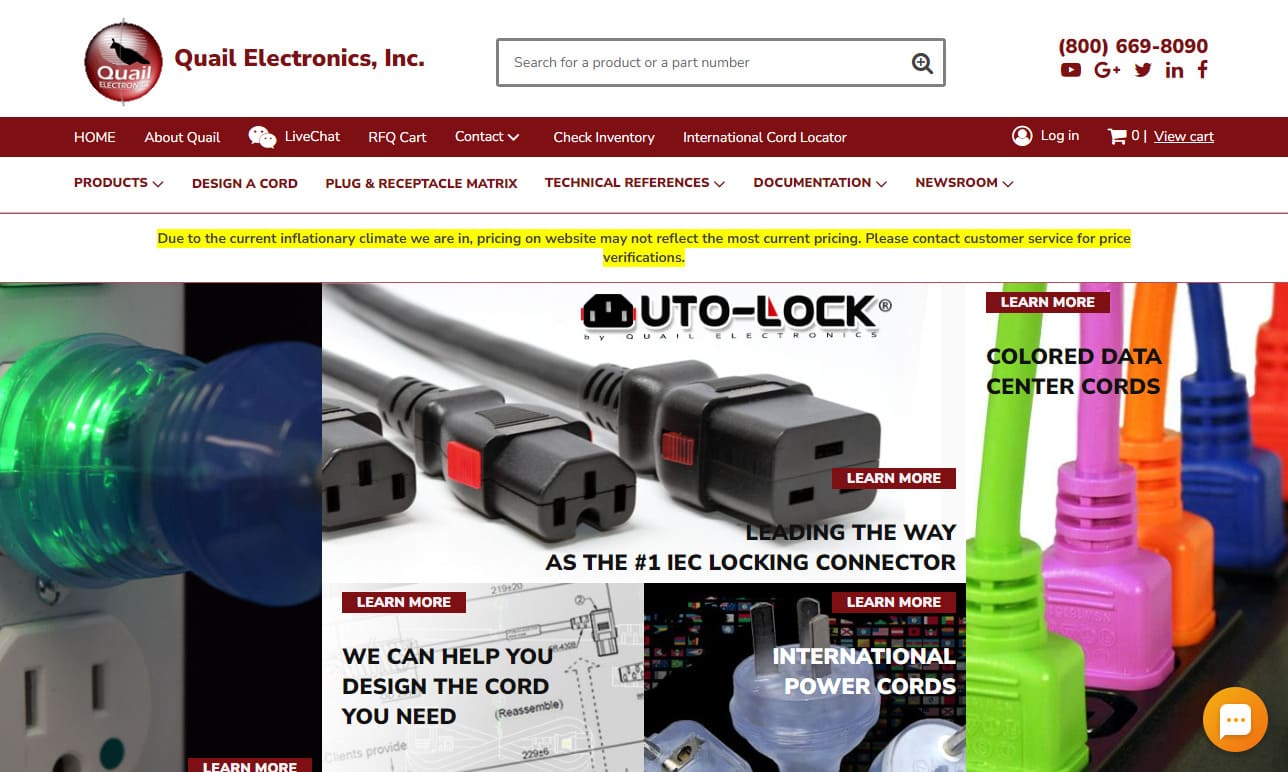
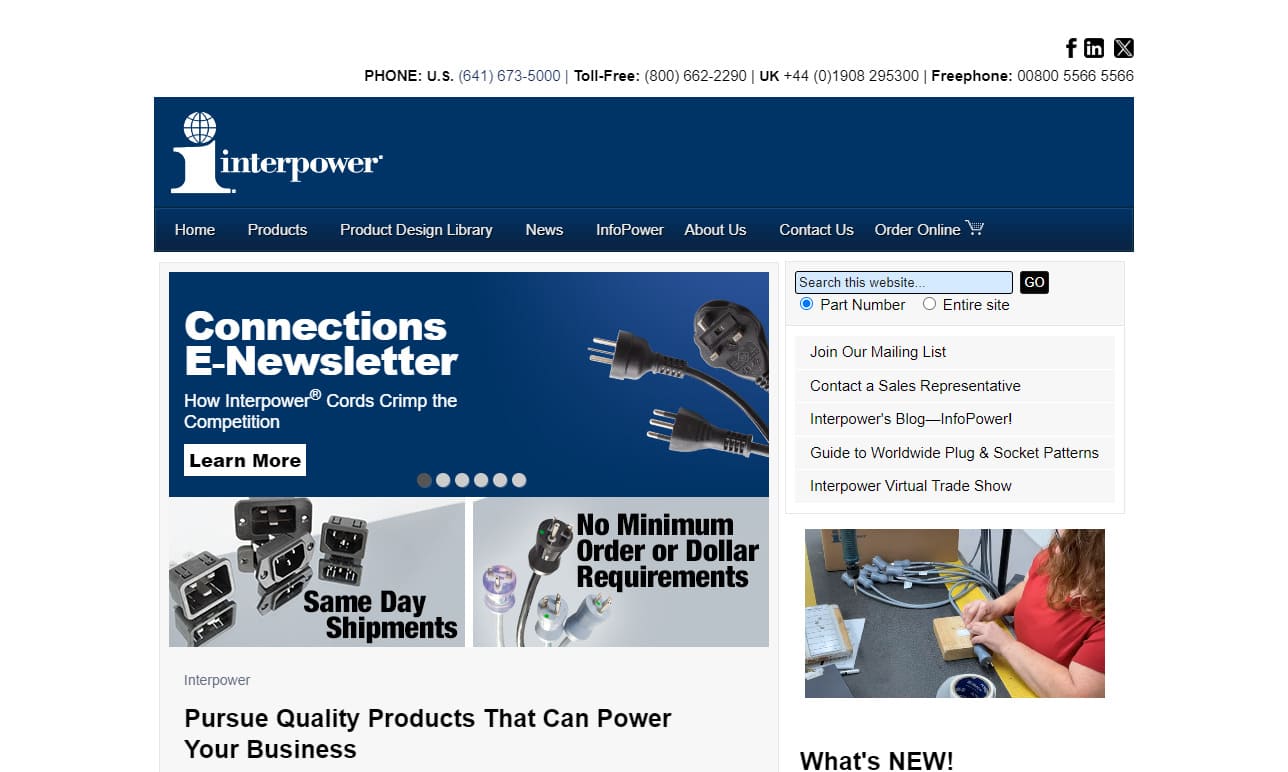
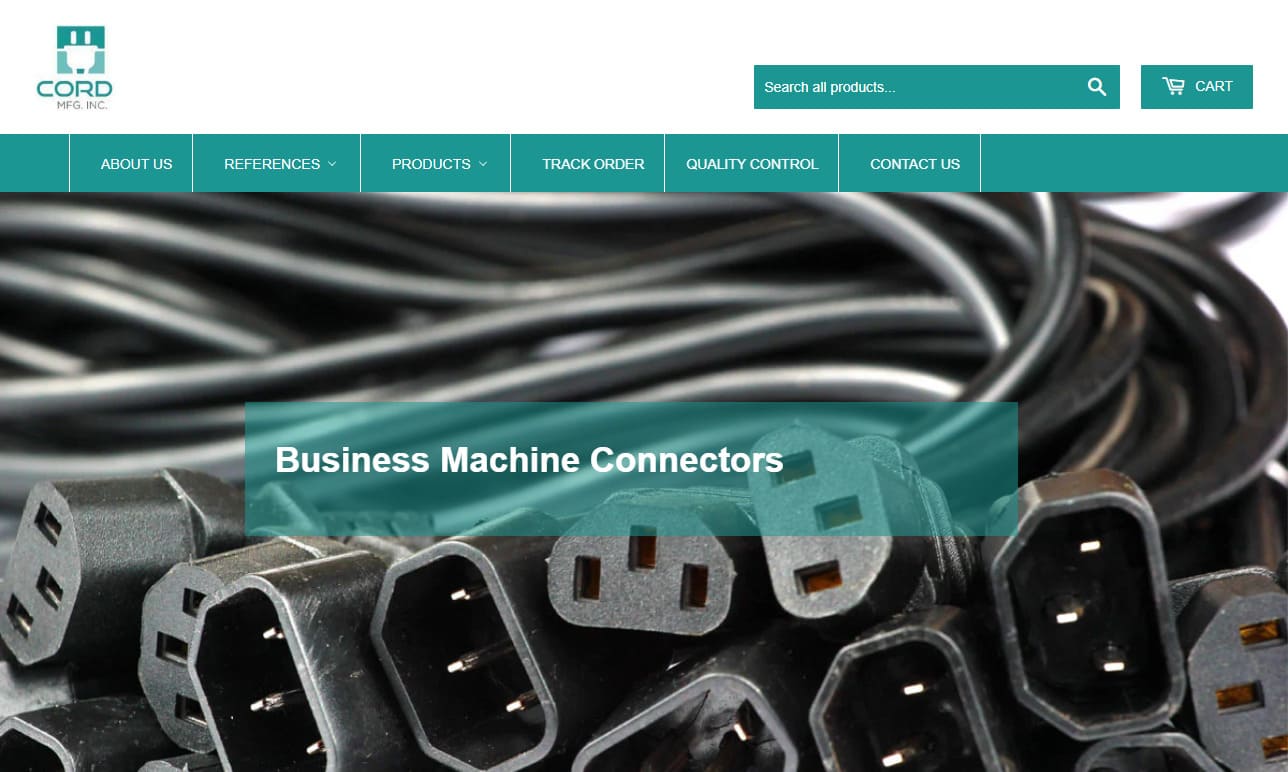
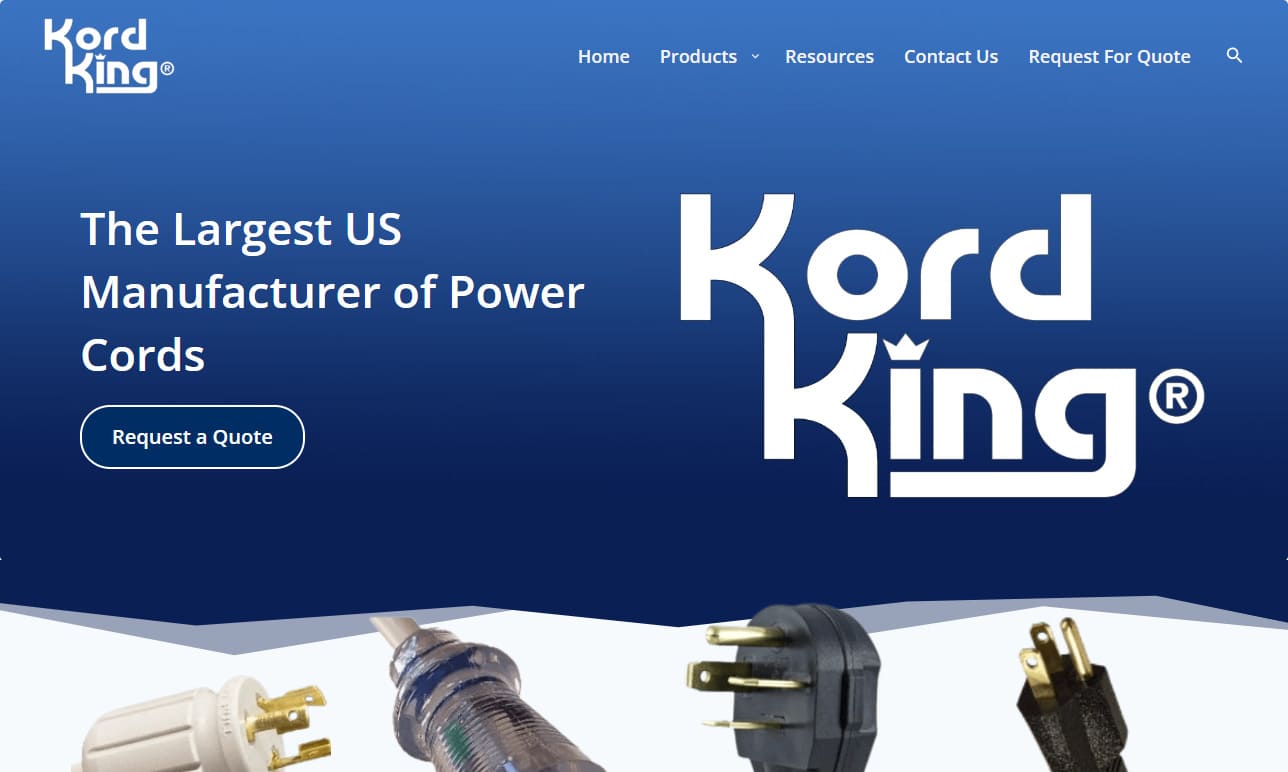
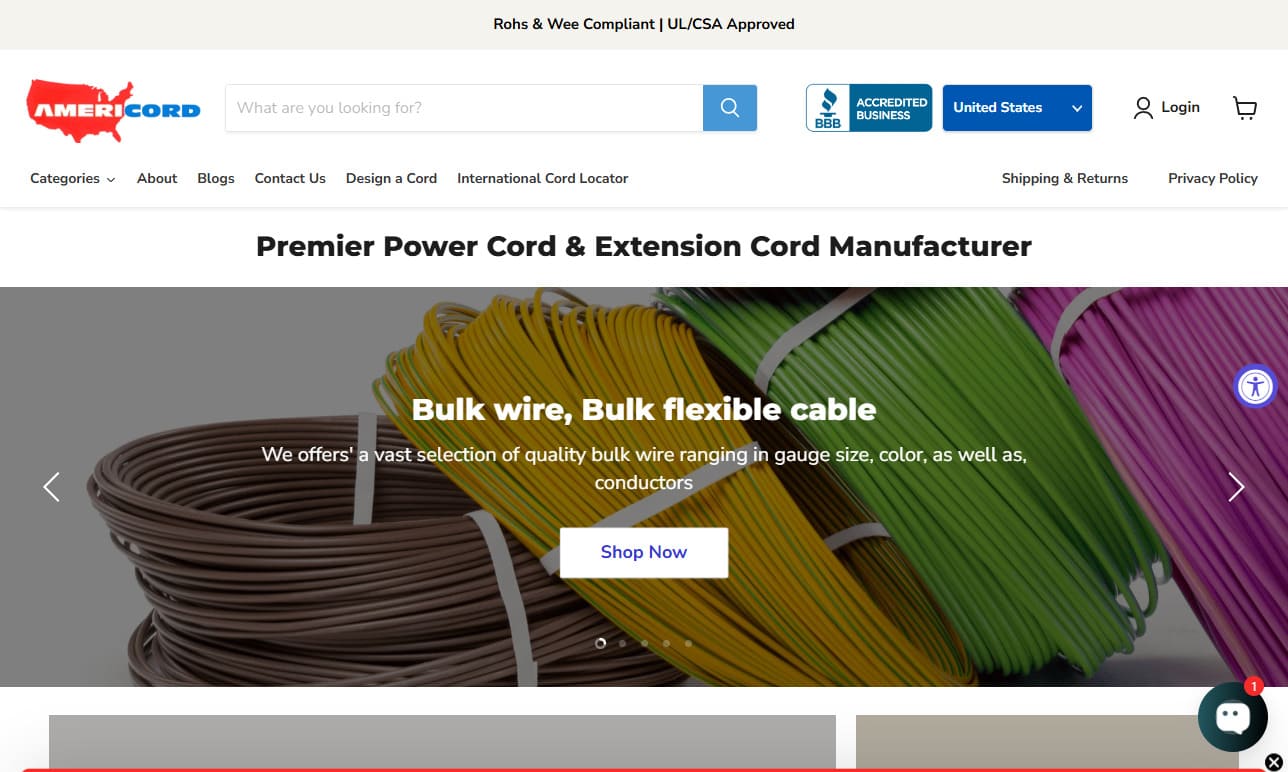

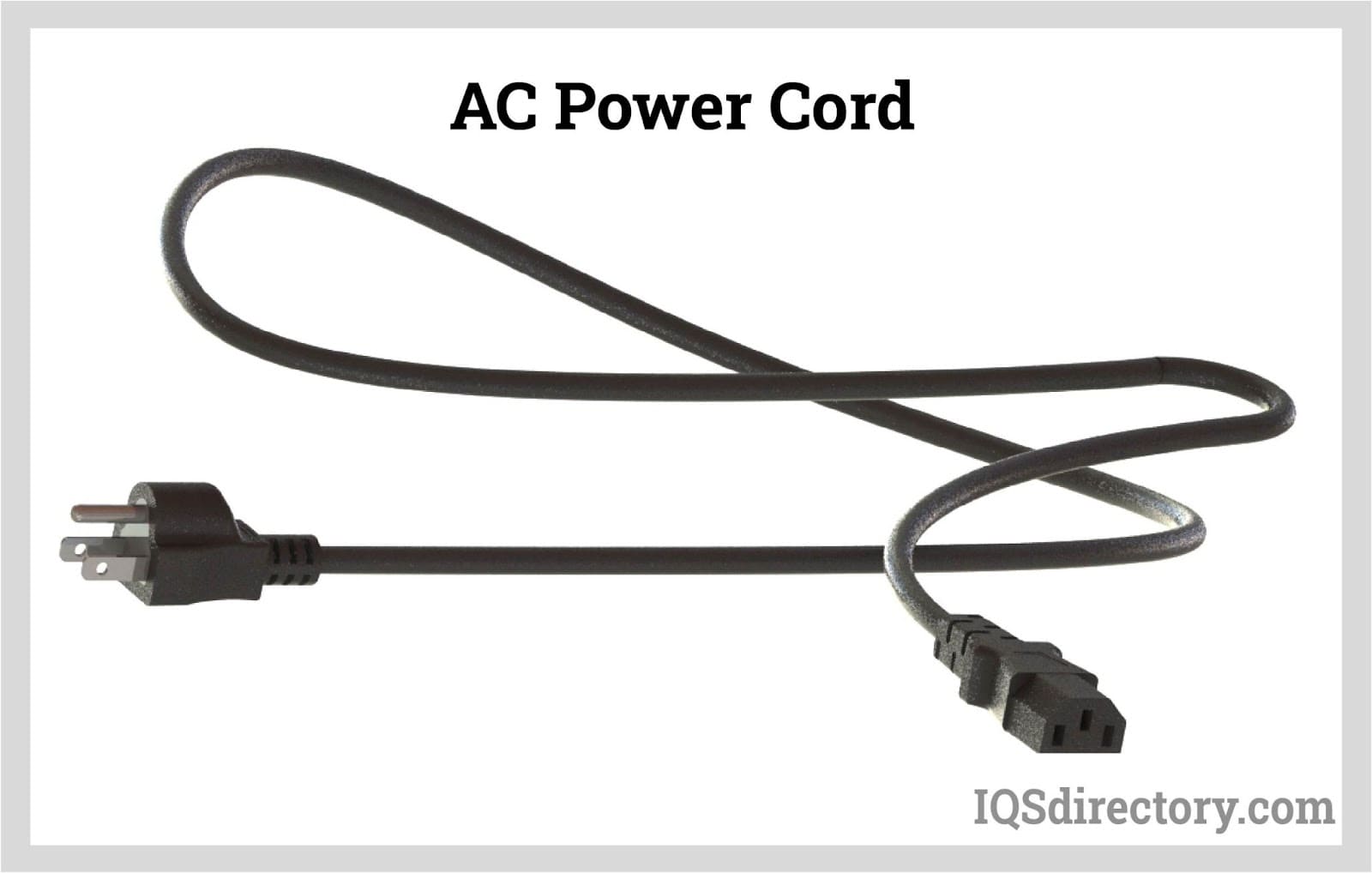
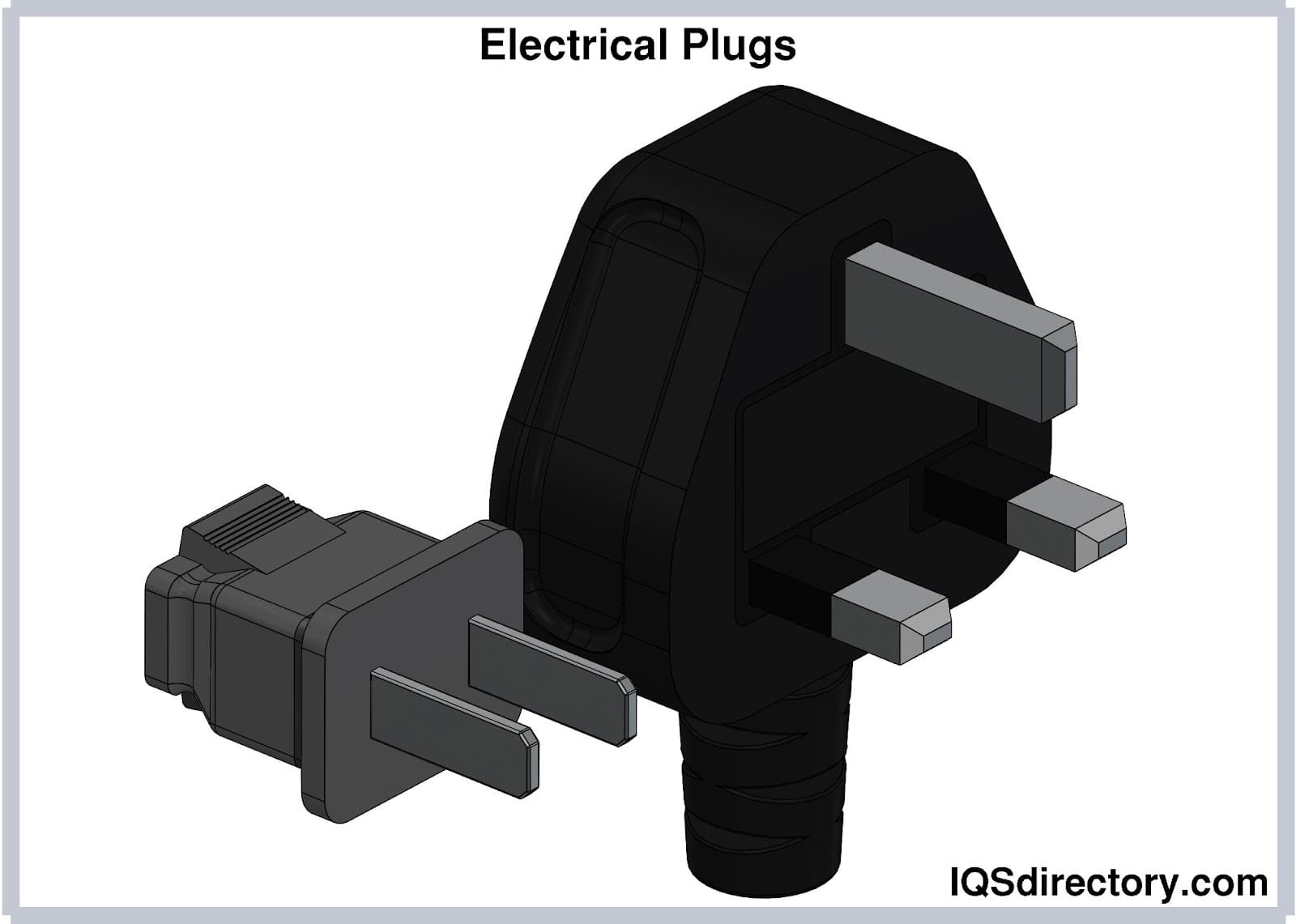

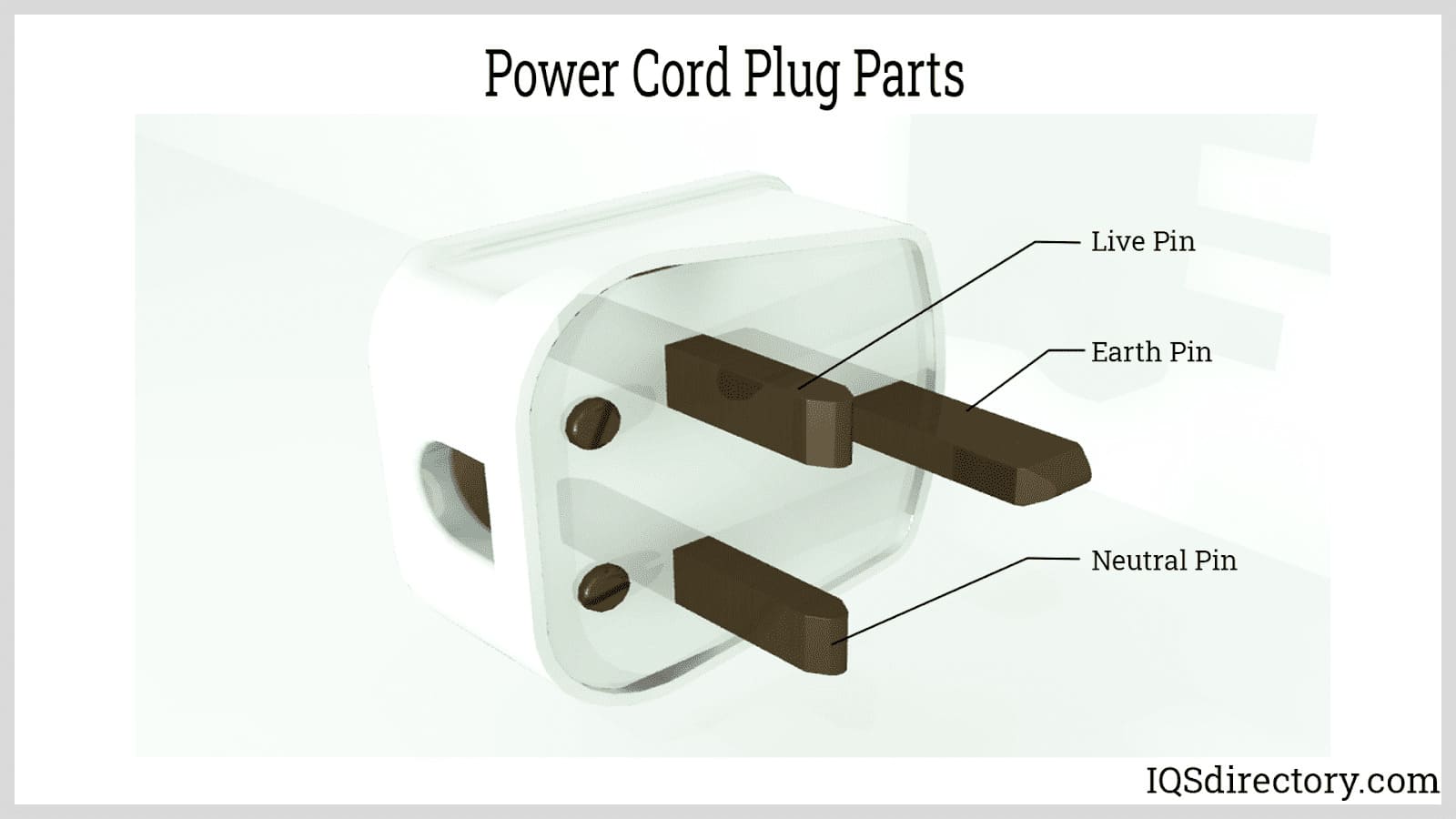
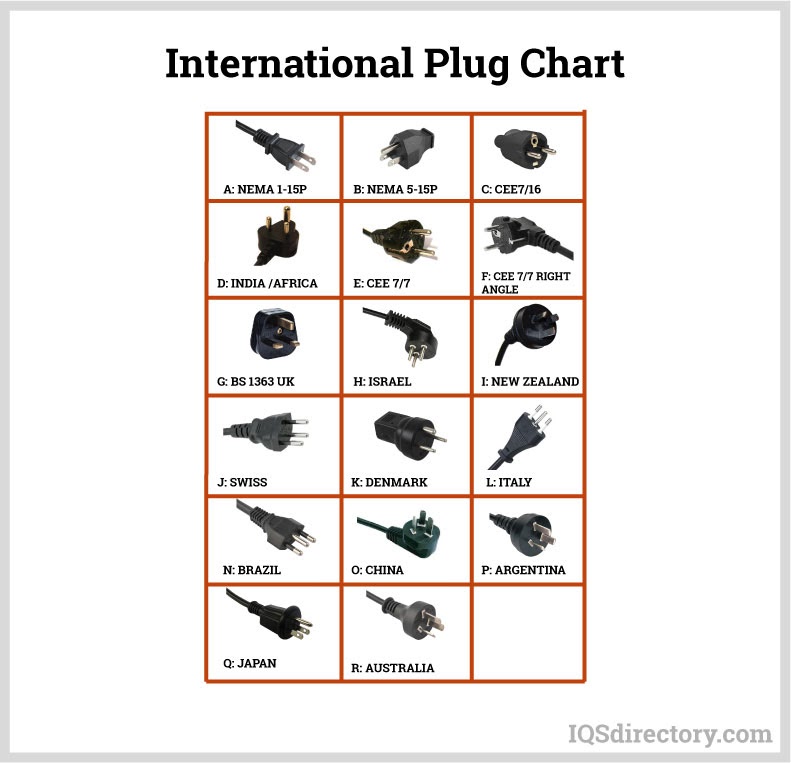
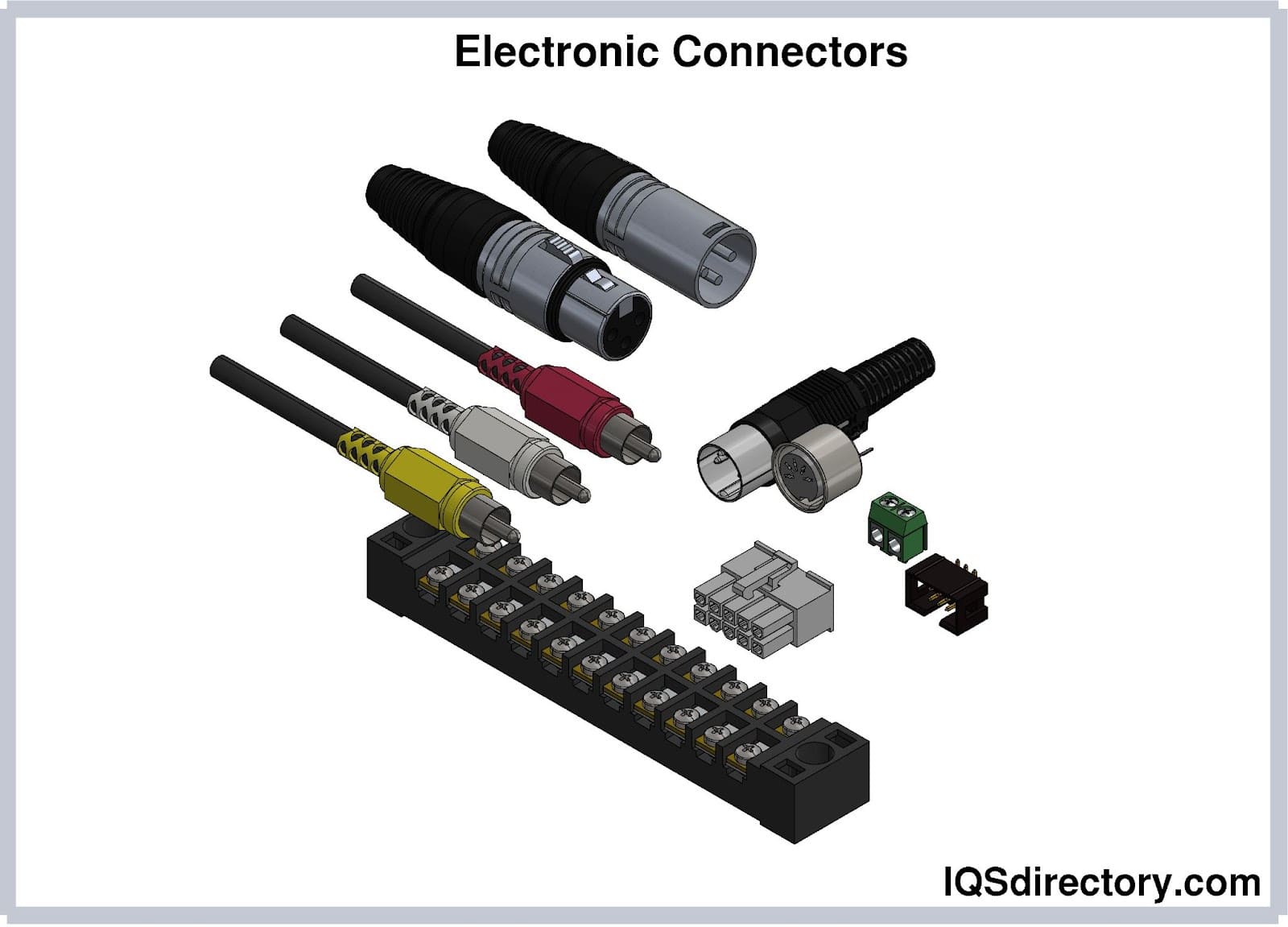
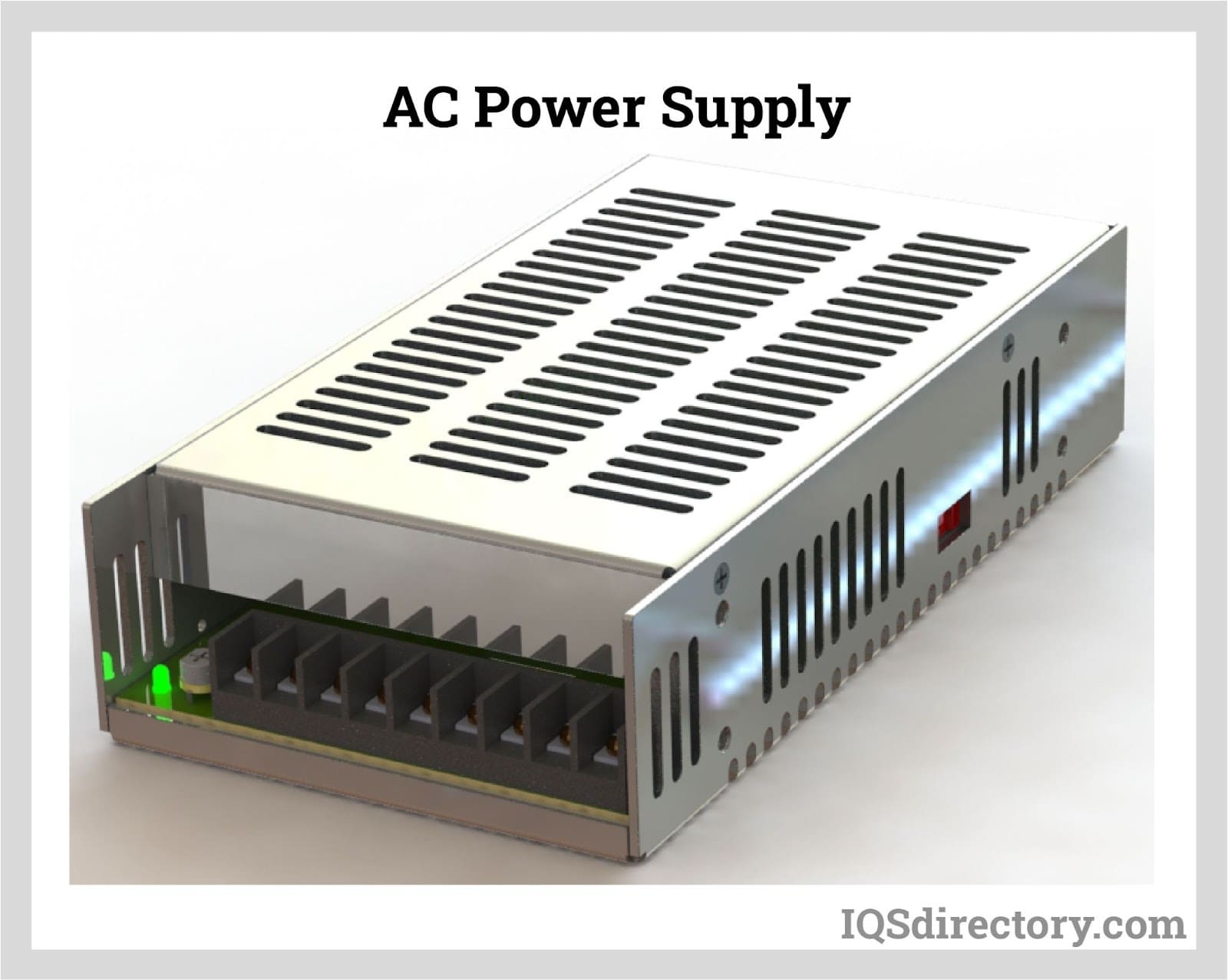
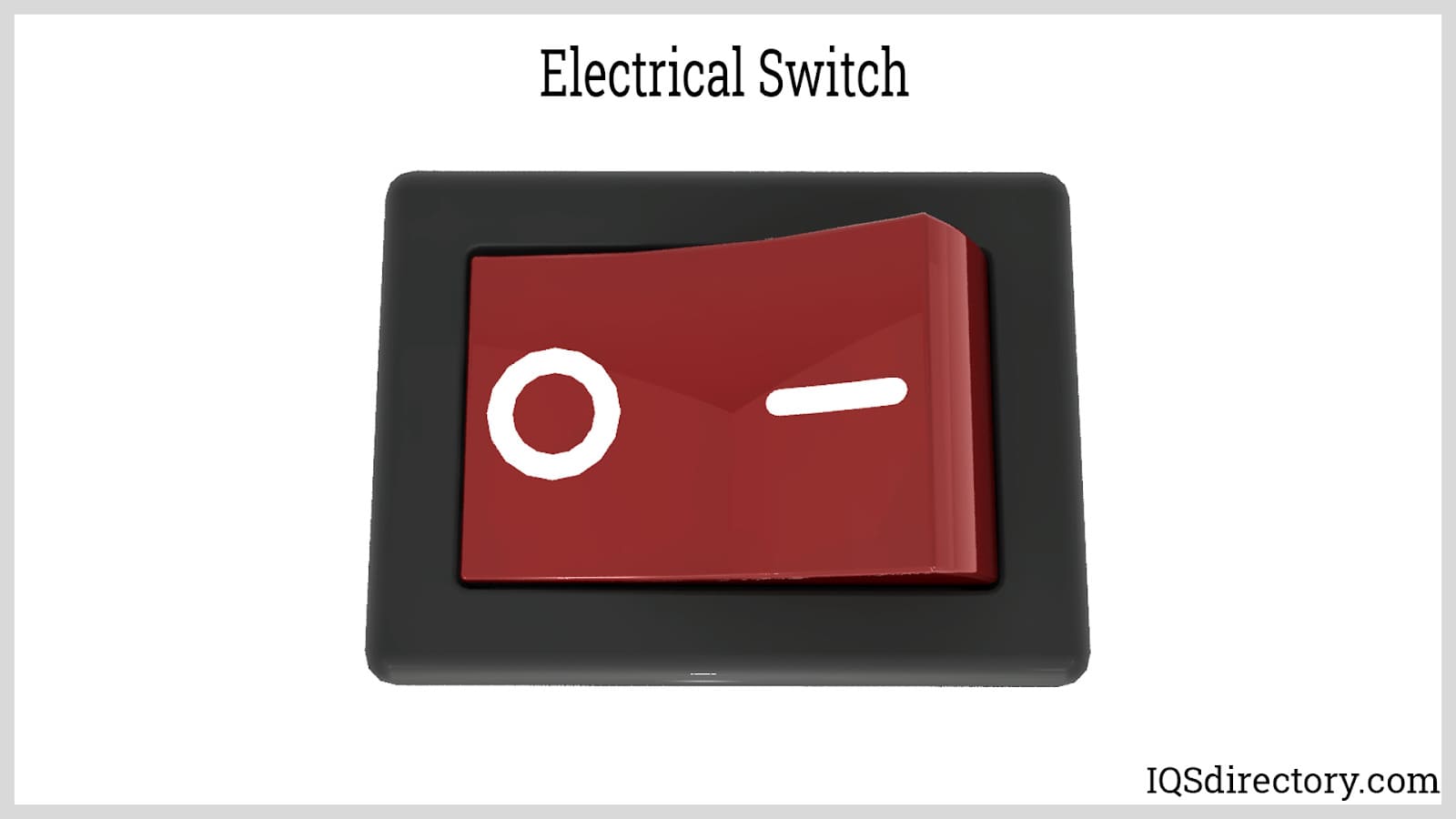
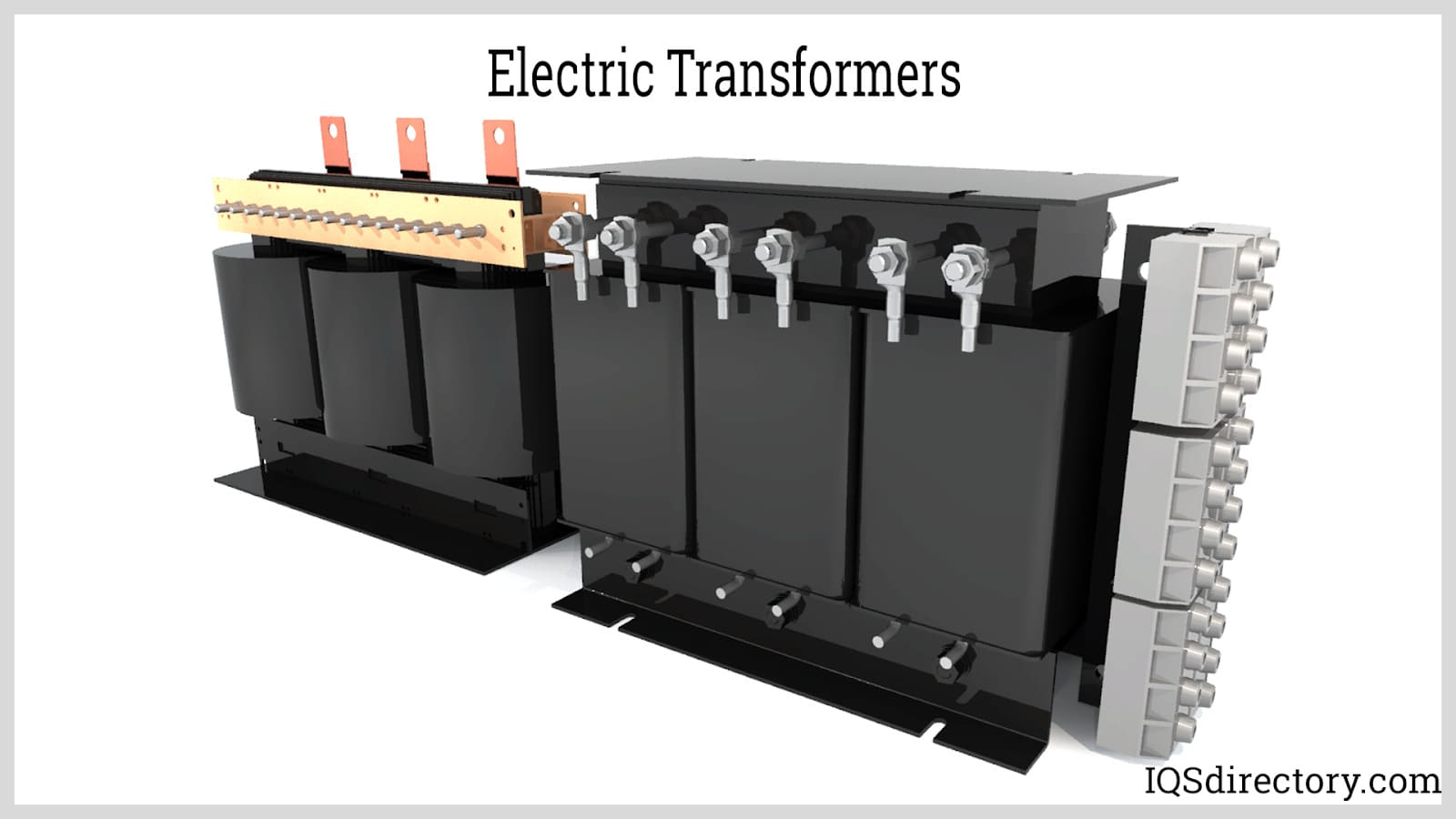

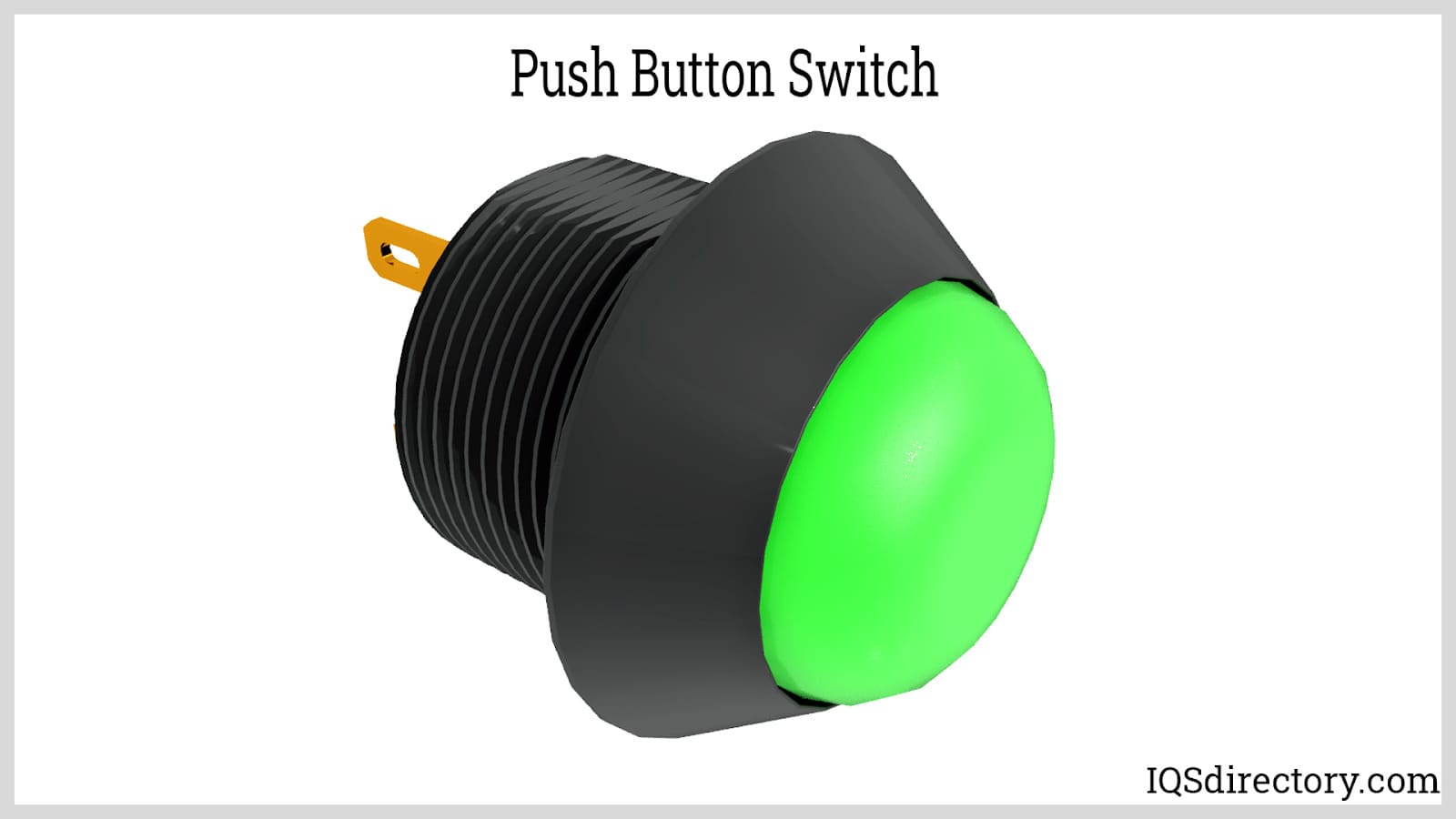
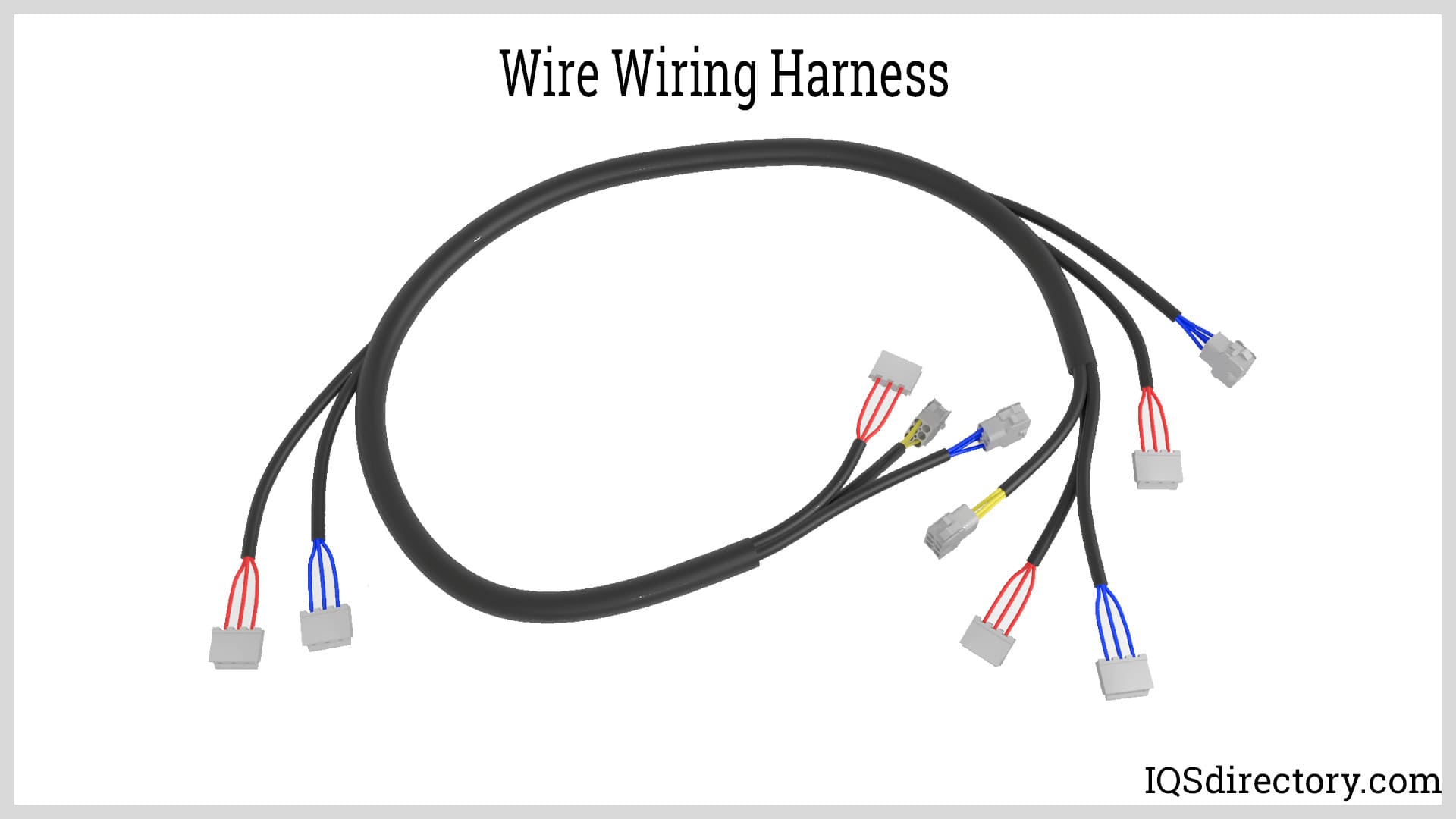
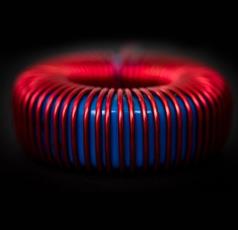 Electric Coils
Electric Coils Electric Switches
Electric Switches Electric Transformers
Electric Transformers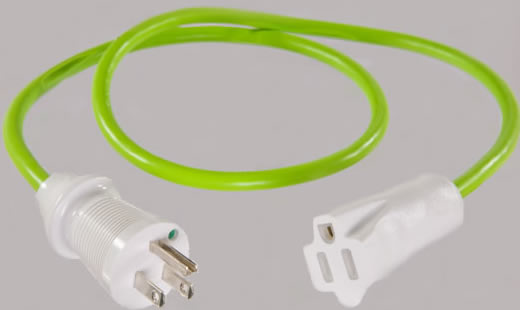 Electronic Connectors
Electronic Connectors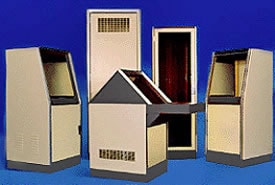 Electronic Enclosures
Electronic Enclosures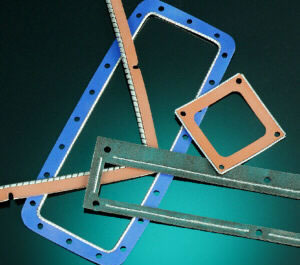 EMI Shielding
EMI Shielding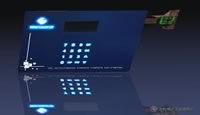 Membrane Switches
Membrane Switches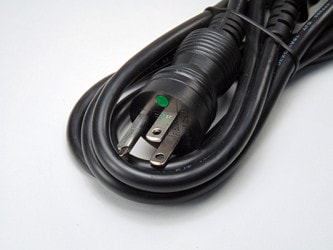 Power Cords
Power Cords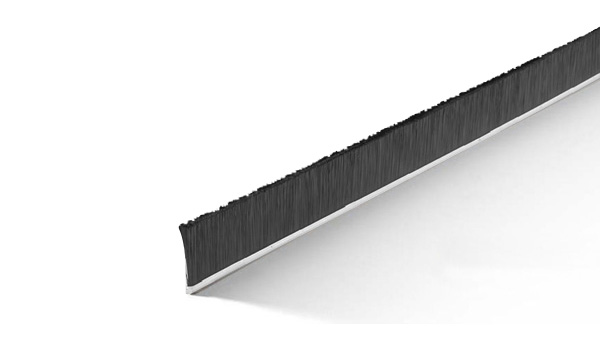 Static Eliminators
Static Eliminators Castings & Forgings
Castings & Forgings Bulk Material Handling
Bulk Material Handling Electrical & Electronic Components
Electrical & Electronic Components Flow Instrumentation
Flow Instrumentation Hardware
Hardware Material Handling Equipment
Material Handling Equipment Metal Cutting Services
Metal Cutting Services Metal Forming Services
Metal Forming Services Metal Suppliers
Metal Suppliers Motion Control Products
Motion Control Products Plant & Facility Equipment
Plant & Facility Equipment Plant & Facility Supplies
Plant & Facility Supplies Plastic Molding Processes
Plastic Molding Processes Pumps & Valves
Pumps & Valves Recycling Equipment
Recycling Equipment Rubber Products & Services
Rubber Products & Services